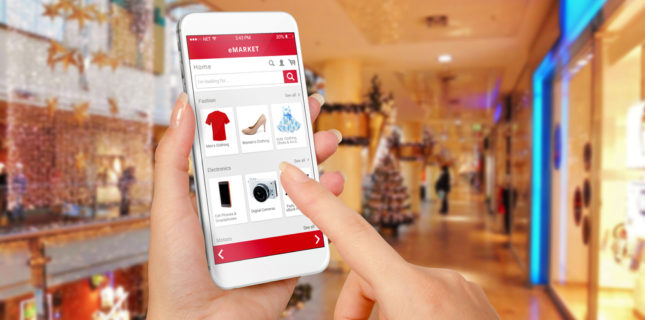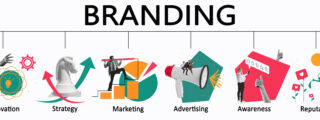
The Mobile Maze, and How It’s Affecting Retail
Mobile retail is skyrocketing. Here are several key trends that will come to the fore between now and 2026, as well as how they will propel change in tomorrow’s retail landscape.
Tip: “The #1 consumer expectation in 2026 will be for a seamless shopping experience across a broad range of connected devices, not to mention between in-store and online. Start the process now!”
CONSUMER BEHAVIOR TRENDS
Today, online purchasing is driven mostly by price and convenience, reports Ovum’s The Future of E-commerce research. In 2026 that will be a given, driven mostly by millennials (born 1980-1995) and their younger cohorts, Gen Z (born 1996-2010). Here’s a look at some of the online trends, how they will change from 2016 to 2026, and what that means to you.
DELIVERY DEMANDS
NOW: Today online shoppers are driven mostly by their demand for quick turnaround and immediate access. By 2026, however, “other expectations will have come to the fore: proactive customer service and support, and free or low-cost delivery anytime/anywhere, reports Ovum.
THEN: The #1 expectation will be for a seamless shopping experience across a broad range of connected devices, not to mention between in-store and online. Start the process now!
THE EXPERIENCE
NOW: Today, shopping is often viewed as a leisure activity. There’s also increased interest in both leisure brands and documenting activities on social media.
THEN: Consumers will expect retailers to create an experience that is “an event in its own right,” says Ovum, “that will translate into interactive, highly engaging experiences.”
SHOPPING JOURNEY
NOW: Retailers are no longer looking just at a linear shopping experience, but trying to engage consumers in a more tied-together, vertical experience that encompasses all touch points. The process is, however, often slow and painful for small businesses.
THEN: “Due to the proliferation of wearable devices, smart TVs, and other technologies, the consumer journey in 2026 will increasingly look like a pretzel that twists, turns, and loops back on itself,” reports the study. “Consumers can start and end their shopping experiences on a mobile platform, in-store, or online. It is a fluid movement that will be even harder for retailers to keep up with or predict because it will include a growing number of devices and touch points.”
MOBILE TECH
NOW: “Mobile is the glue between our physical and digital universe,” according to The House of Fraser, a department store chain in the UK. Mobile devices are already key platforms for communications and content, and that’s gradually becoming true at retail. One reason? The explosion of smartphone sales, which will increase by 25% between now and 2020. “We expect to see intense competition not only in terms of Apple versus Android,” reports Ovum, “but also among individual Android m-payment providers.”
THEN: “The widespread adoption of increasingly powerful smartphones with larger screens,” reports criteo.com, “ will improve the m-commerce experience. As more retailers optimize their sites for mobile shopping, these developments will turn the smartphone into a platform that can support the whole shopping experience, from product search and discovery to comparisons, recommendations, and payments.”
How have you started addressing the need to move from a linear to more vertical patient experience in your practice? Share what you’ve done by joining the conversation on Facebook here.
Comments are closed.







